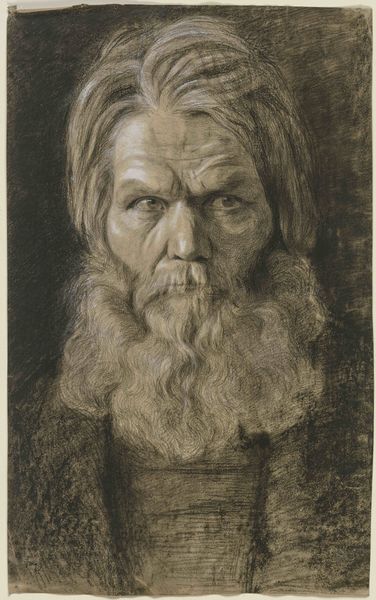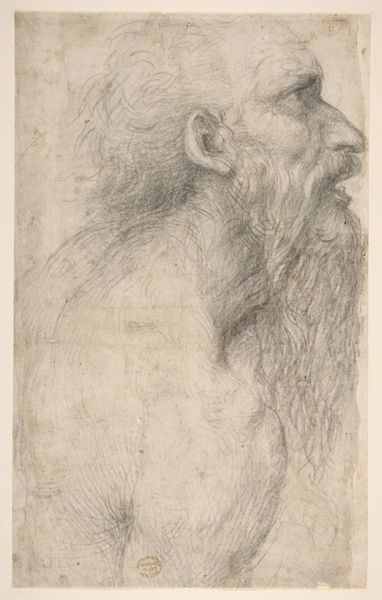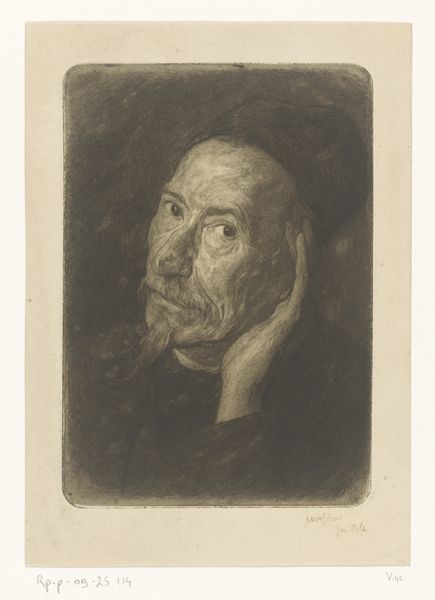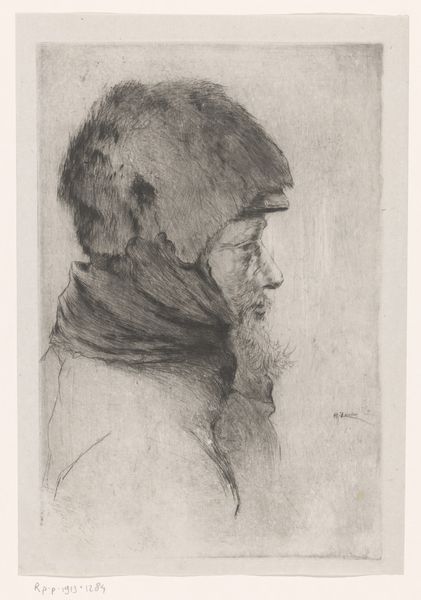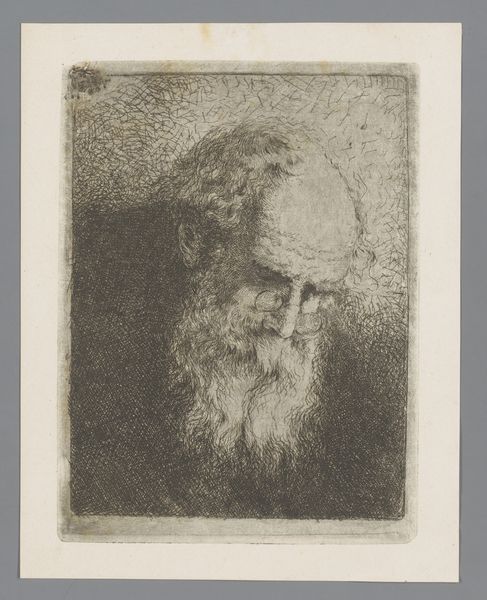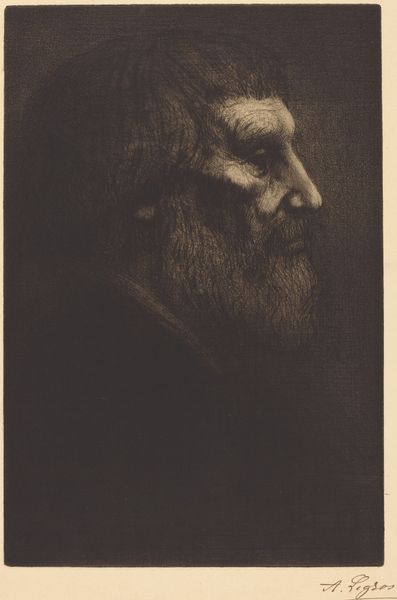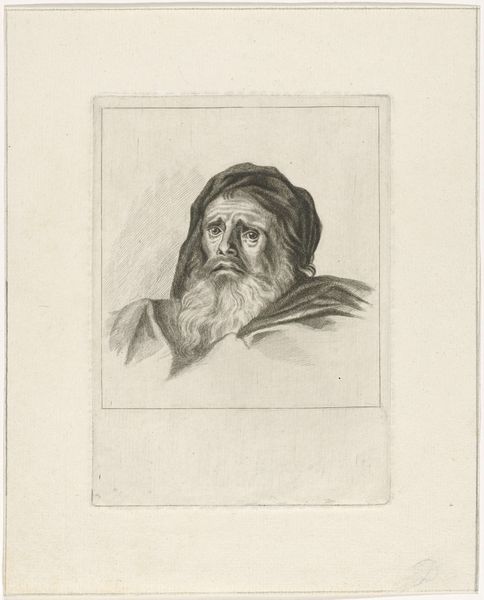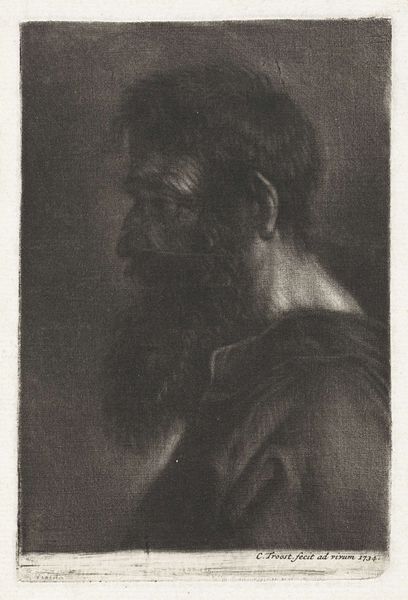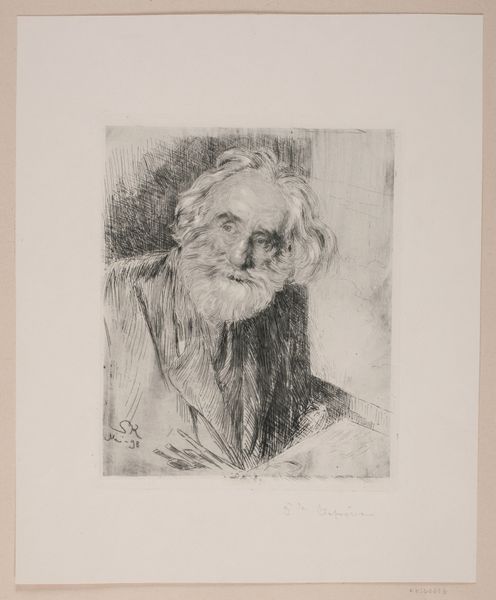
drawing, print, charcoal
#
portrait
#
drawing
# print
#
charcoal drawing
#
pencil drawing
#
symbolism
#
charcoal
#
portrait art
Dimensions: Sheet: 23 5/8 × 16 5/8 in. (60 × 42.2 cm) Image: 20 11/16 × 13 9/16 in. (52.6 × 34.5 cm)
Copyright: Public Domain
Editor: Here we have Eugène Carrière's 1897 charcoal drawing "Portrait of Auguste Rodin," housed at the Met. The hazy, almost ghostly quality is striking. What can you tell me about this print, Curator? Curator: Considering Carrière's practice, I think it's important to look at the economic relationship between artist, model, and patron here. Rodin was an established sculptor, a powerful figure within the art market, while Carrière, though respected, occupied a different, arguably more precarious, position within that system. How does knowing this affect our reading of the portrait? Editor: I hadn’t considered the power dynamics. So, you’re saying this portrait isn't just about capturing Rodin's likeness, but also speaks to Carrière's position and relationship to this figure? Curator: Precisely. Carrière uses charcoal, a relatively inexpensive and easily manipulated medium, and then reproduces it as a print – a move toward broader distribution and consumption. Doesn't this imply a conscious effort to navigate the art market of the time, perhaps democratizing access, in contrast to Rodin’s unique and expensive sculptures? Editor: I see, by making a print instead of an expensive painting or sculpture, it could become available for more people and enter into the marketplace, like a proto-mass produced image. Curator: Exactly. We see this conscious manipulation of materials to potentially bypass, or at least engage differently, with the established hierarchy. Editor: That really shifts how I see the work. I was initially focused on the Symbolist style and the ephemeral mood of the image, but understanding the materials and its potential production completely recontextualizes my appreciation of the drawing. Curator: I agree, looking closely at the methods of production can transform our perception.
Comments
No comments
Be the first to comment and join the conversation on the ultimate creative platform.
